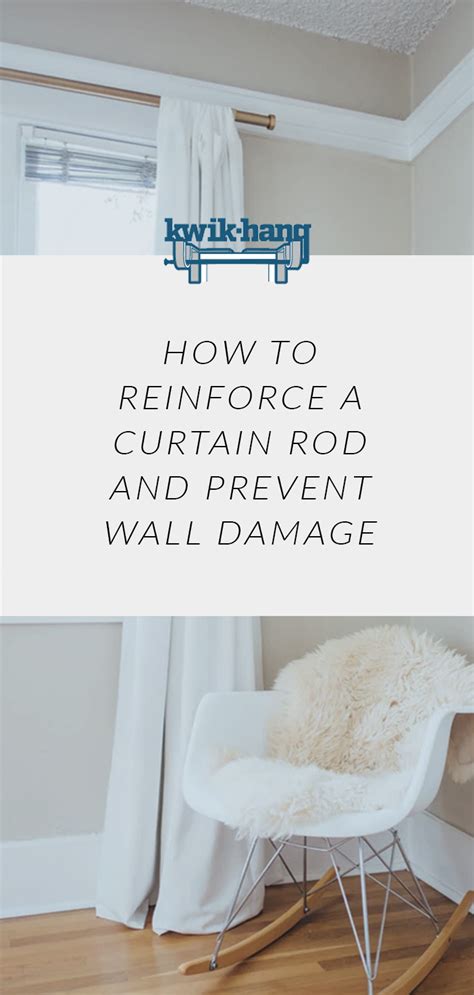Avoid Curtain Rod Damage: Quick Tips for a Long-Lasting Look
Curtains add a touch of elegance and privacy to any room, but their stylish effect hinges on the proper installation and maintenance of the curtain rod. A damaged curtain rod can quickly ruin the aesthetic appeal of your window treatments, and replacing it can be costly and inconvenient. This comprehensive guide provides quick tips to avoid curtain rod damage and ensure your curtains hang beautifully for years to come.
Choosing the Right Curtain Rod: A Foundation for Success
The first step in avoiding curtain rod damage is selecting the right rod for your specific needs. Consider these crucial factors:
- Weight of your curtains: Heavier curtains require sturdier rods with a higher weight capacity. Check the manufacturer's specifications before purchasing. Underestimating the weight can lead to bending or breakage.
- Rod length: Measure your window carefully, adding extra length on either side for proper draping. A rod that's too short will strain the brackets, increasing the risk of damage.
- Material: Metal rods are generally more durable than wood or plastic, particularly for heavier curtains. However, choose a material that complements your décor.
Proper Installation: Minimizing Stress Points
Improper installation is a leading cause of curtain rod damage. Follow these guidelines for a secure and long-lasting setup:
- Use appropriate brackets: Ensure you use brackets designed for your specific rod type and weight capacity. Insufficient support can lead to bending or sagging. Always use the recommended number of brackets—don't skimp!
- Secure bracket placement: Place brackets at appropriate intervals, ensuring they are firmly anchored into the wall studs or use heavy-duty wall anchors for drywall. Uneven weight distribution causes stress on the rod and brackets.
- Level installation: Use a level to ensure your rod is perfectly horizontal. An uneven rod can put undue stress on the brackets and lead to damage over time.
What type of curtain rod is best for heavy curtains?
For heavy curtains, opt for a metal rod, particularly steel or iron. These materials offer superior strength and durability compared to wood or plastic. Look for rods with a higher weight capacity, clearly stated by the manufacturer. Consider rods with a larger diameter for increased stability.
How can I prevent my curtain rod from sagging?
Sagging is often a result of improper installation or using a rod with insufficient weight capacity for your curtains. Ensure you're using a rod with adequate weight capacity, using the correct number of brackets, and securely anchoring them to sturdy wall supports (studs or heavy-duty anchors). Evenly distribute the weight of the curtains along the rod.
How do I fix a bent curtain rod?
Unfortunately, a severely bent curtain rod is often beyond repair. However, slight bends might be correctable depending on the material. For metal rods, you could try gently bending it back into shape using pliers or a similar tool. Exercise caution to avoid causing further damage. If the bend is significant, replacement is recommended.
Maintaining Your Curtain Rod: Preventing Future Problems
Regular maintenance can extend the lifespan of your curtain rod and prevent damage.
- Regularly check for tightness: Periodically check the screws on your brackets to ensure they remain firmly secured. Tighten them if necessary.
- Clean gently: Dust and debris can accumulate on the rod, potentially causing damage over time. Clean the rod gently with a soft cloth. Avoid harsh chemicals.
- Inspect for damage: Regularly inspect your curtain rod and brackets for any signs of damage, such as bending, rust, or loose screws. Address any issues promptly.
By following these tips, you can significantly reduce the risk of curtain rod damage and enjoy the beauty of your window treatments for years to come. Remember, prevention is always better than cure, and a little proactive maintenance goes a long way in preserving the integrity of your curtain rod and its elegant display.

